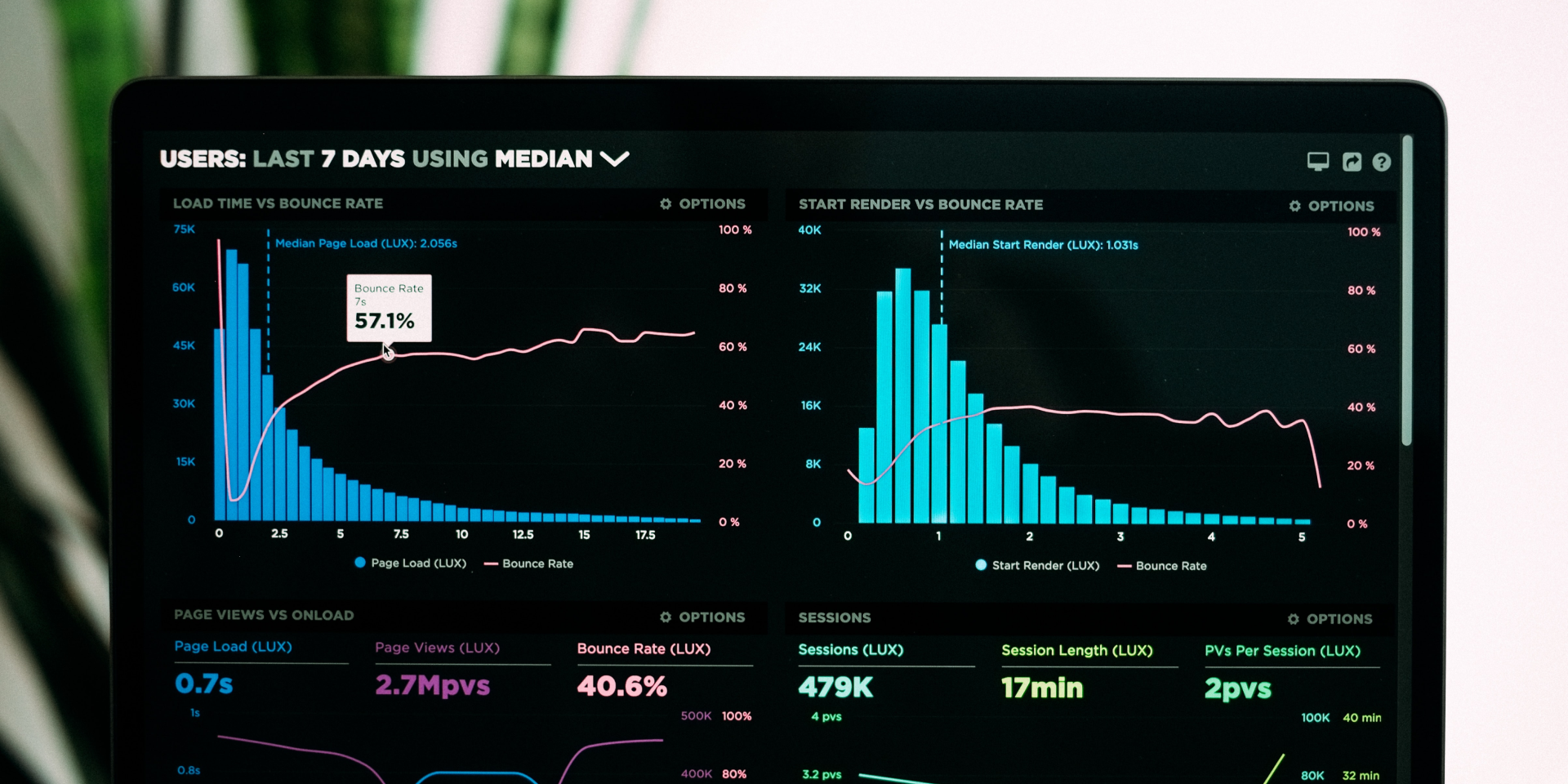It’s no secret: Data scientists love data. But an overabundance of mobile analytics data can sometimes be problematic — especially when it comes to developing and improving apps.
This isn’t to suggest that data isn’t essential or influential; it certainly is. Without a history of data, it would be impossible to systematically and objectively validate hypotheses, run experiments, and drive learning. At the same time, focusing on too many metrics at once can divert attention and slow down the iteration process.
Ideally, app developers should concentrate their data mining on a few key performance indicators at a time. That way, they lower their chances of being distracted by mobile analytics that seem essential but ultimately aren’t. For example, let’s consider user retention. It can be a vital metric to track, but it’s not always the most important measure.
In some cases, retention statistics could be meaningless for apps that are successful only when people stop using them. Consider an app created to track weight loss until users have reached their goal weights. The best metric for an app like this wouldn’t be user retention — at some point, users would no longer need what the app provides. A more adequate measure would be sales, downloads, or the speed at which users upgrade from one version to the next. If you only looked at your retention data, you’d miss opportunities to understand the app’s importance to users.
Choosing Key App Metrics for Iterative Success
How can you ensure you’re looking at the right key app metrics? At Atomic Robot, we carefully consider a variety to figure out which makes sense for each stage in a mobile app’s development. Here are five of the main metrics we use to measure app performance:
Downloads
We frequently evaluate downloads to track our mobile app performance. By exploring how many app store downloads happen in a prescribed period, we can monitor spikes to measure against internal marketing campaigns or external factors.
Engagement
User engagement tends to be a solid metric for ad-supported apps because it measures engagement frequency and duration. Once a baseline has been set, engagement can be influenced using strategies like push notifications.
Retention
Apps that are subscription-based and supported by advertisements need healthy levels of user retention to thrive. The greater the percentage of users who continue to turn to an app over a rolling time frame, the greater the stickiness of the app.
Adoption and OS Version
An app’s adoption rate shows how quickly users upgrade when a new version of the mobile app hits the market. The adoption rate can be broken down further by weighing iOS versus Android version upgrades.
App Store Traffic
How are users discovering your mobile app? Knowing the source and search terms guiding them through the app store will answer that question. Having a deep understanding of influential keywords can help get your app in front of new eyes.
If you’re new to measuring mobile analytics, you can leverage several platforms and tools like the Google Play App Store and Apple’s App Store for raw sales, Firebase Analytics and Mixpanel for general purpose app usage analytics, and Facebook SDK for tracking the effectiveness of Facebook ads. More specialized tools like branch.io or Adjust can be used to track marketing campaign viability. Don’t be surprised if you use several different analytics tools to pull together the information you need; you want the fullest picture you can get.
Pinpointing the Right Mix of Metrics and Tools
Of course, the metrics you value most will depend on your product and its stage. When you find the perfect balance of data points to monitor, you can rev up your app’s scalability.
Case in point: A recent R&D innovation project for a client started as a minimal viable product (MVP) that we brought to market. After getting it out to users, we conducted several rounds of beta and user testing with the goal of evolving key features to create a more focused digital product that users would find more valuable and intuitive.
By examining specific key app metrics following iterative feature improvements, we rapidly grew the product and its core user count. Today, we’re continuing the data collection and iteration process to fine-tune the app’s functionality every couple of weeks.
Data will always be a vital part of prioritizing app features, understanding how users interact with them, and pivoting your MVP based on your findings. One of the biggest parts of learning how to track mobile app performance involves accepting that not all data is important all the time. Choose data points judiciously throughout the testing process, and you’ll make sizable gains toward success.
To learn more about how we develop apps with strategy, design, and UI/UX in mind, click here.
